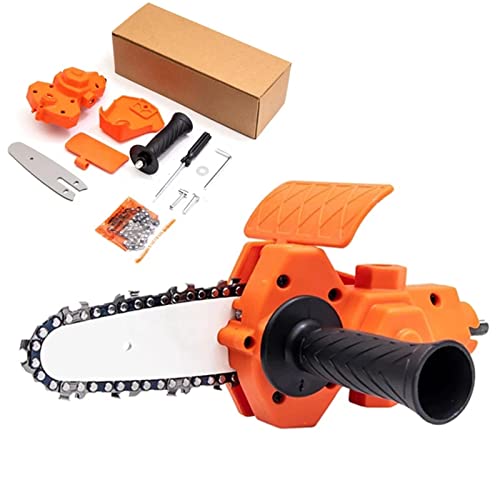If you use that 2in1 file, no, you never have to hit the rakers (yes I know they are depth gauges

). That said, throughout the life of the chain, you really don't need to drop the rakers very many times. I don't use a 2n1 file system because I adjust my rakers based on what saw I'm using, and what I'm doing with that saw. On a smaller saw that I mainly use for limbing, I keep things close to stock. On bigger saws where I'm running a shorter than average bar, I'll drop the rakers more to make more use of the saws extra HP/torque.
As far as vices go, the bench vice in my shop is mounted to a piece of 8" x 8" x 3/8" aluminum, which is then bolted to the bench with 1/2" bolts (a scrench fits a 1/2" hex bolt head perfectly). At one point I had transferred the bolt pattern to another piece of steel that I bolted to the tailgate on my truck. That would allow me to quickly pull the vice off my work bench, and toss it in the truck so I could then bolt it to the tailgate and use it in the woods. It actually worked pretty well. Currently I use a cheap Harbor Freight woodworking vise that's mounted to a piece of angle iron, which is in turn welded to some scrap 2" sq tube so that I can put it in my hitch. I also have a hitch welded to the tongue of my trailer so I can use it without unhooking the trailer. I even welded a couple extra nuts to it so that I could screw in a couple of bolts and tighten everything up so it doesn't wobble. I made some wooden jaws for the vice out of some scrap lumber, and put another piece underneath. It allows me to tighten down on the bar without tightening down on the chain, and keeps me from banging the freshly sharpened saw teeth on the metal vise. I also made an extension piece so that I could use it with the tailgate down. It's way over kill, but it does work really well for sharpening a saw. The pics below aren't very good, but you get the general idea.
View attachment 1195565View attachment 1195566View attachment 1195567

























































